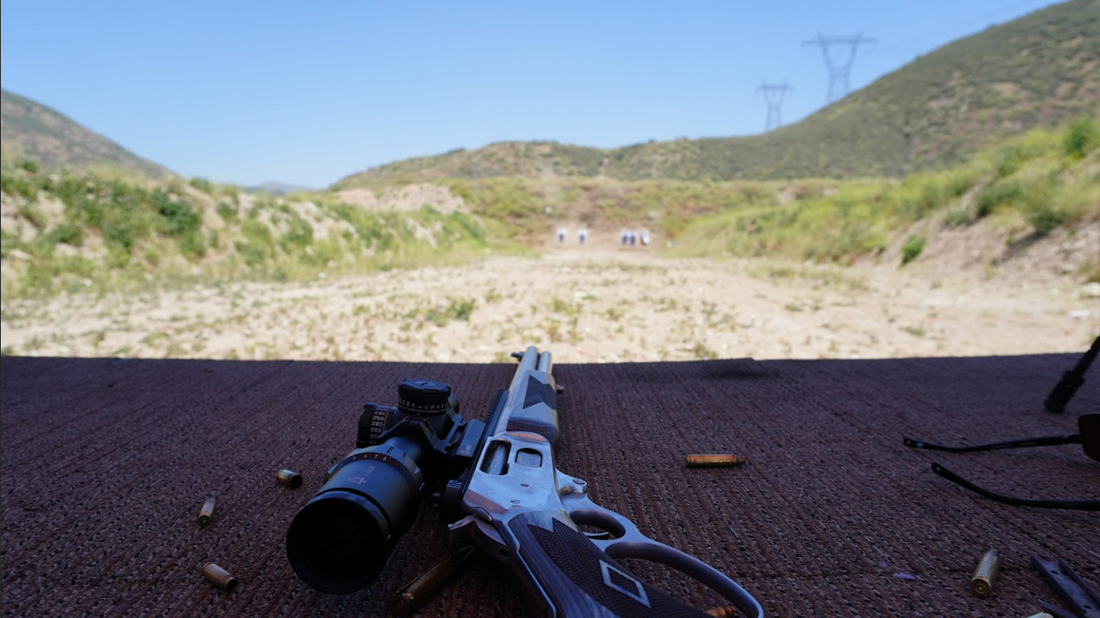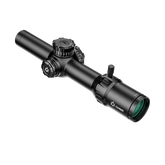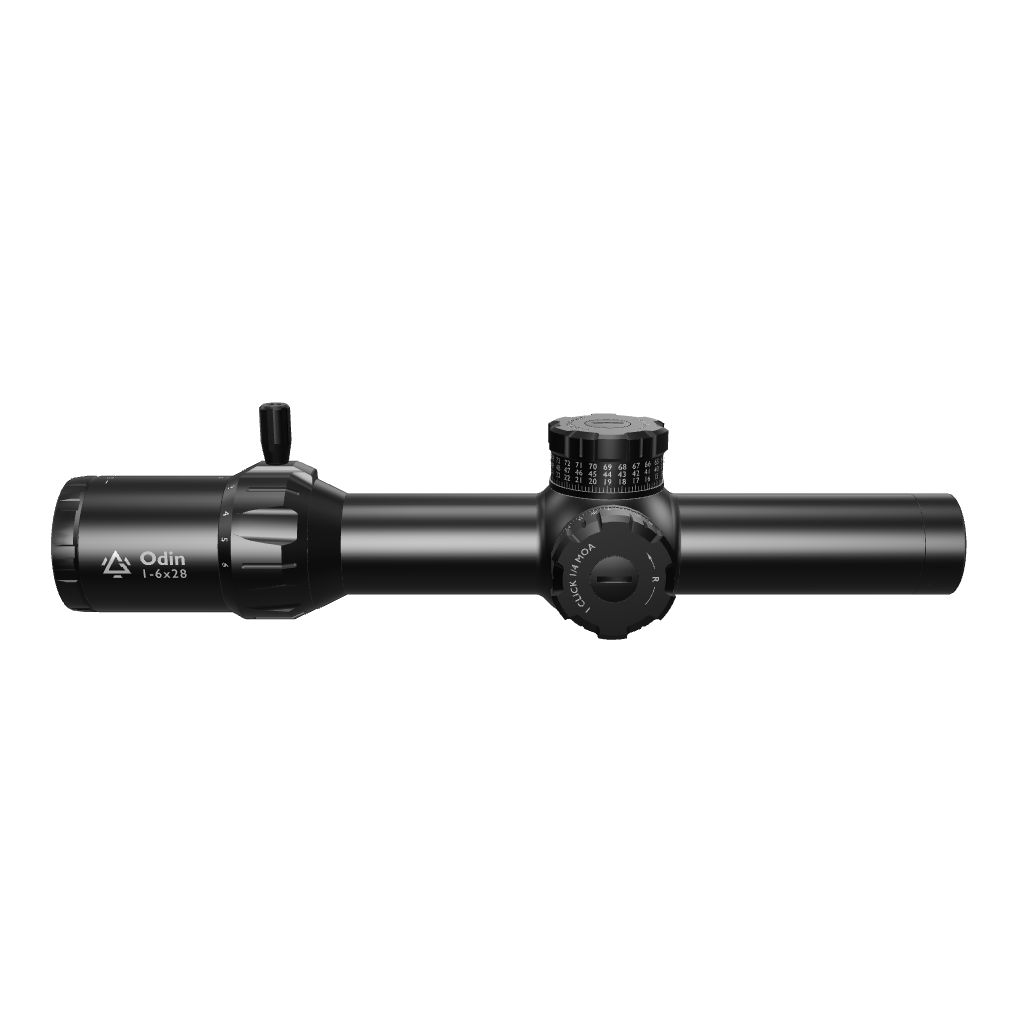7 Essential Steps to Master Rifle Scope Maintenance for Peak Performance
Introduction
While ultra-rugged optics continue pushing durability boundaries, proper maintenance remains imperative for extending the lifespan and performance of rifle scopes. The meticulous engineering tolerances enabling precision sighting require care to uphold. Neglecting scope care risks corrosion, physical damage, and degraded image quality.
This article will overview recommended maintenance procedures, explaining techniques to nurture finely tuned instruments for consistent accuracy over thousands of rounds. Follow these 7 key steps to keep scopes delivering tack-driving precision shot after shot, season after season.
Step 1 - Proper Lens Cleaning Technique
As the entry point for image-forming light, keeping objective and ocular lenses clear of obscuring particles proves paramount. But lens surfaces demand delicate care. Use a soft microfiber cloth or lens tissue with lens cleaner, wiping gently in a circular motion from the center outward to avoid scratching.
Avoid wiping debris in a way that abrades the glass, potentially causing permanent damage. Dampen cloths with cleaner first before making contact. Repeat the gentle circular technique until spotless. Lens pens also work well for dry cleaning. Proper technique clears views without degrading expensive glass.
Step 2 – Inspect External Optics
Periodically inspect external optical components like objective, adjustment turrets, and eyepiece for any signs of damage that could inhibit function. Check that the objective lens sits completely flush with no gaps indicating looseness or distortion. Confirm adjustment knobs spin uniformly and track smoothly with no binding or sticking that throws off zeroing.
Test the parallax focus if equipped by looking through the scope while adjusting back and forth – the target image should snap crisply into focus rather than appearing blurred or shadowed. This verifies alignment and that lenses remain properly mated inside. Address any external defects under warranty if possible.
Step 3 – Confirm Internal Component Alignment

Ensuring the erector lens assembly inside maintains proper orientation guarantees peak image accuracy and light transmission. To test, employ a collimator or bore sight to project a test pattern down the scope body. Verify the image remains centered through the entire zoom range with no blurring or distortion.
Also test adjusting windage and elevation dials across full travel to ensure the reticle tracks cleanly without jumping. Any internal misalignments require qualified service to realign components and restore factory specs. Don’t overlook minor internal defects.
Step 4 – Keep Exterior Surfaces Dry
While waterproof integrity protects internals, lingering exterior moisture invites corrosion over time on external metal components. Be diligent wiping down the outside tube after wet conditions before returning to storage, using a dry soft cloth to absorb all water left around adjustment knobs, objective bell, etc.
Ensure rubber gaskets and o-rings on protective caps seal tightly to prevent internal fogging or corrosion from humidity and condensation. Take time to dry scopes thoroughly before cases to extend longevity. Keep silicone cloths handy in the field.
Step 5 – Maintaining Scope Rings and Mounts
An overlooked factor in scope care is inspecting mounting components. Over time and repeated firing, ring screws loosening just fractions of a turn can shift zero point of impact. Check consistent screw tension using an inch-pound torque wrench, adding a threadlocker like Loctite if loosening becomes an issue.
For optimal mating of scope to rifle, lap metal-on-metal mounting surfaces using lapping compound to create perfectly flat contact. This enhances consistency, harmonics, and stability for precision shooting. Don’t overlook minor mount flaws that degrade precision.
Step 6 – Proper Storage Conditions

Keep scopes detached from rifles and stored lens caps secured when not in use for extended periods to prevent mishaps. Controlled cool and dry conditions are ideal to prevent temperature fluctuations from distorting internal alignment. Avoid leaving optics exposed to direct sunlight for prolonged periods.
The scope case makes an ideal dust-free dark storage chamber. Include desiccant packs if high ambient humidity is an issue. Always store vertically to keep optics oriented properly relative to gravity. Ideal storage nurtures performance over years of service.
Step 7 – Testing Optics Periodically
While a scope may appear flawless externally, subtle internal alignment defects can slowly develop over thousands of rounds that disrupt accuracy. Every few months, test optics to ensure they track precisely and deliver acceptable test groups on paper from solid bench rest positions.
This confirms any maintenance is succeeding in upholding factory-new performance over time as components slowly wear. If groups open up significantly or adjustments feel gritty and loose, have a professional inspection and realignment performed to restore like-new quality and precision. Don't take peak performance for granted.
Conclusion
Dedicated preventative scope maintenance adds years of consistent precision shooting and extends value from hunting optics investments many times over. Follow fundamental care like proper handling, lens cleaning technique, moisture prevention, and storage to maximize durability. Periodically inspect and test rifle scopes to confirm near-perfect internal alignments shot after shot. Well-tended optics serve a lifetime.







